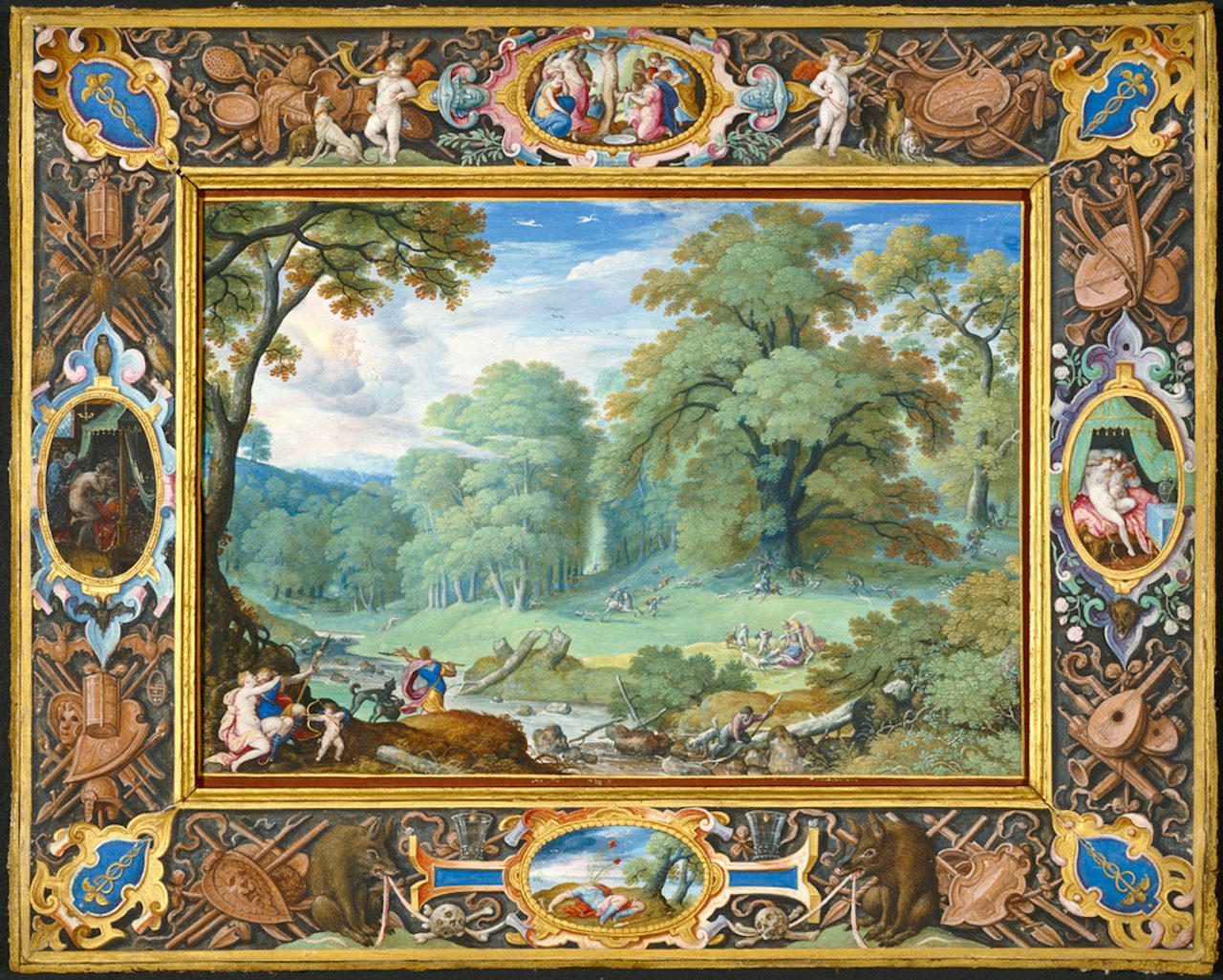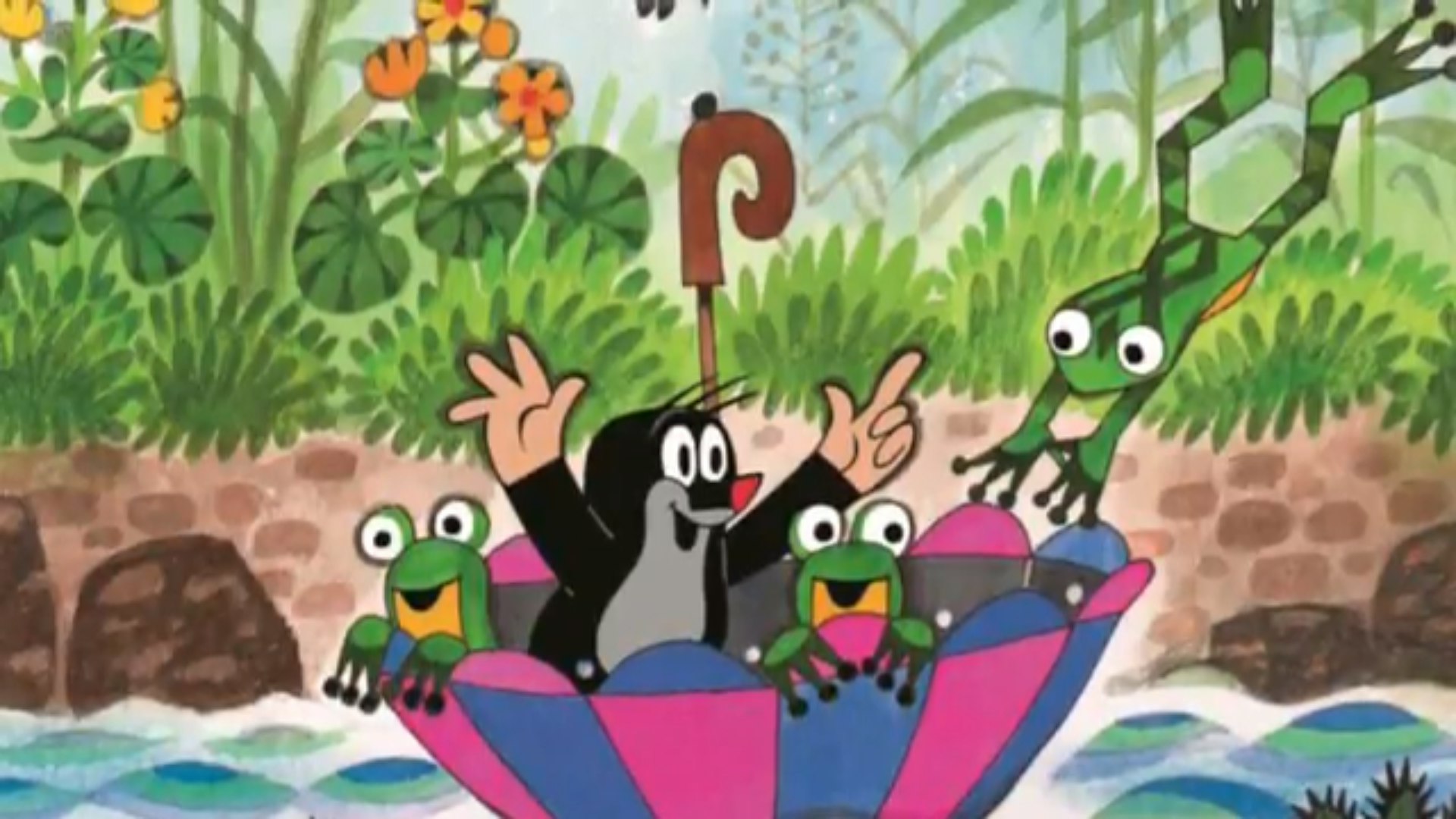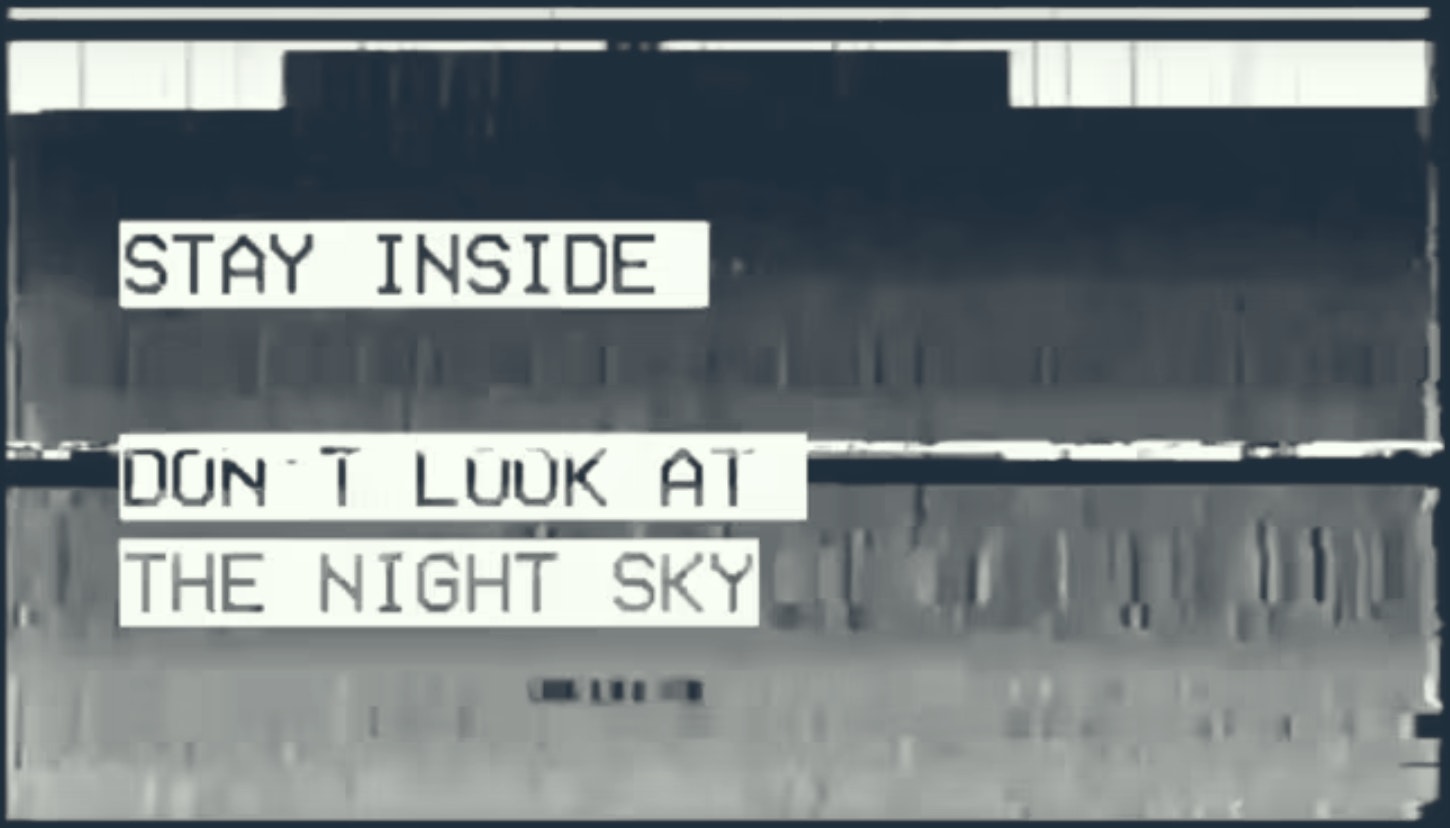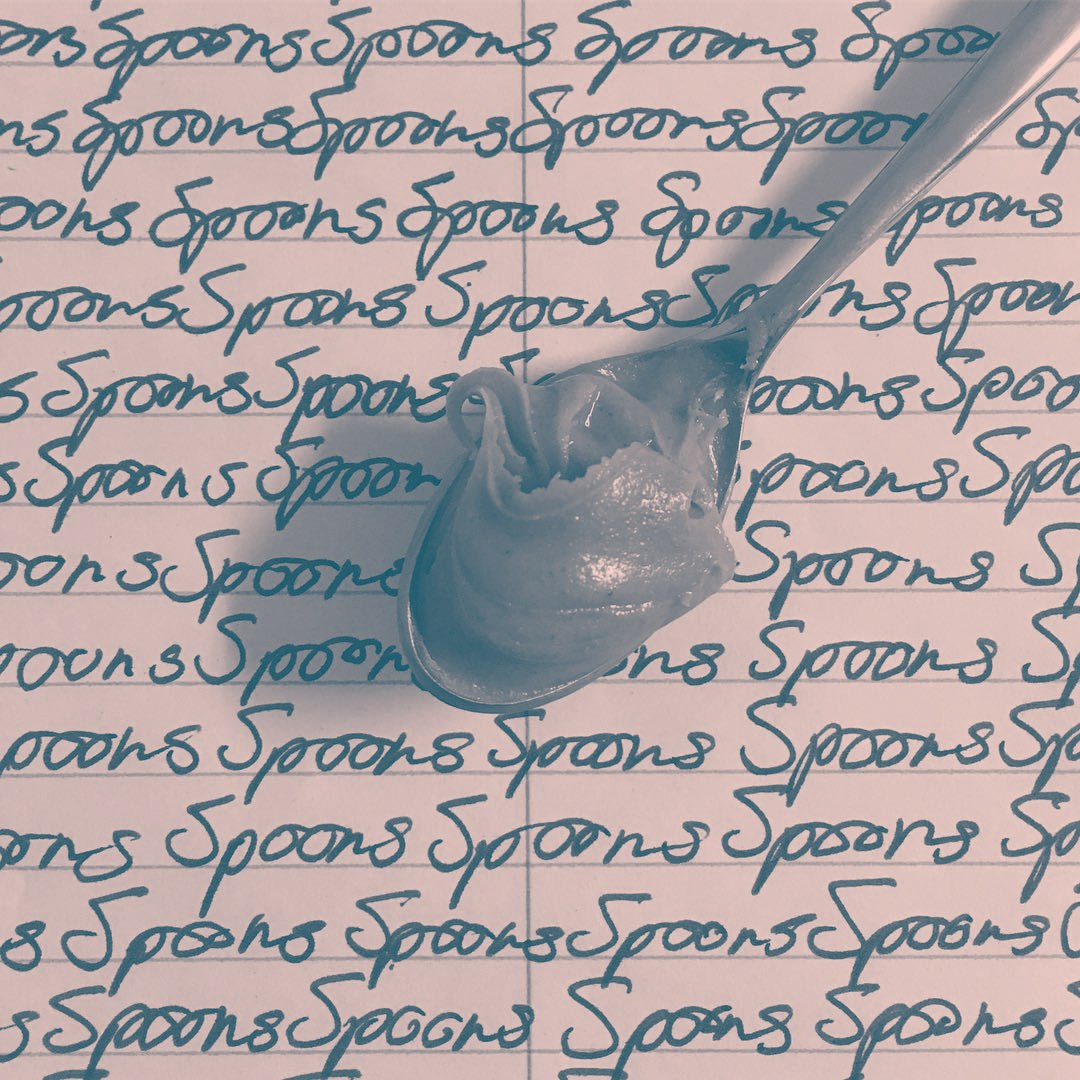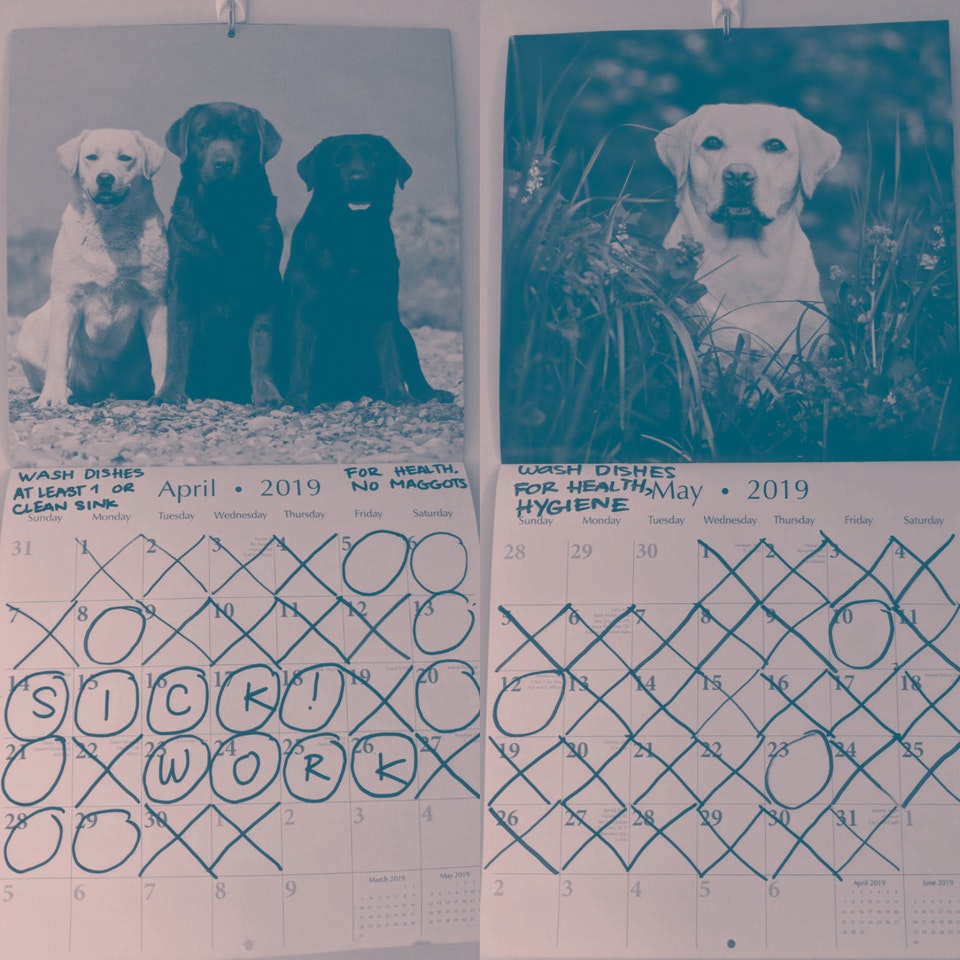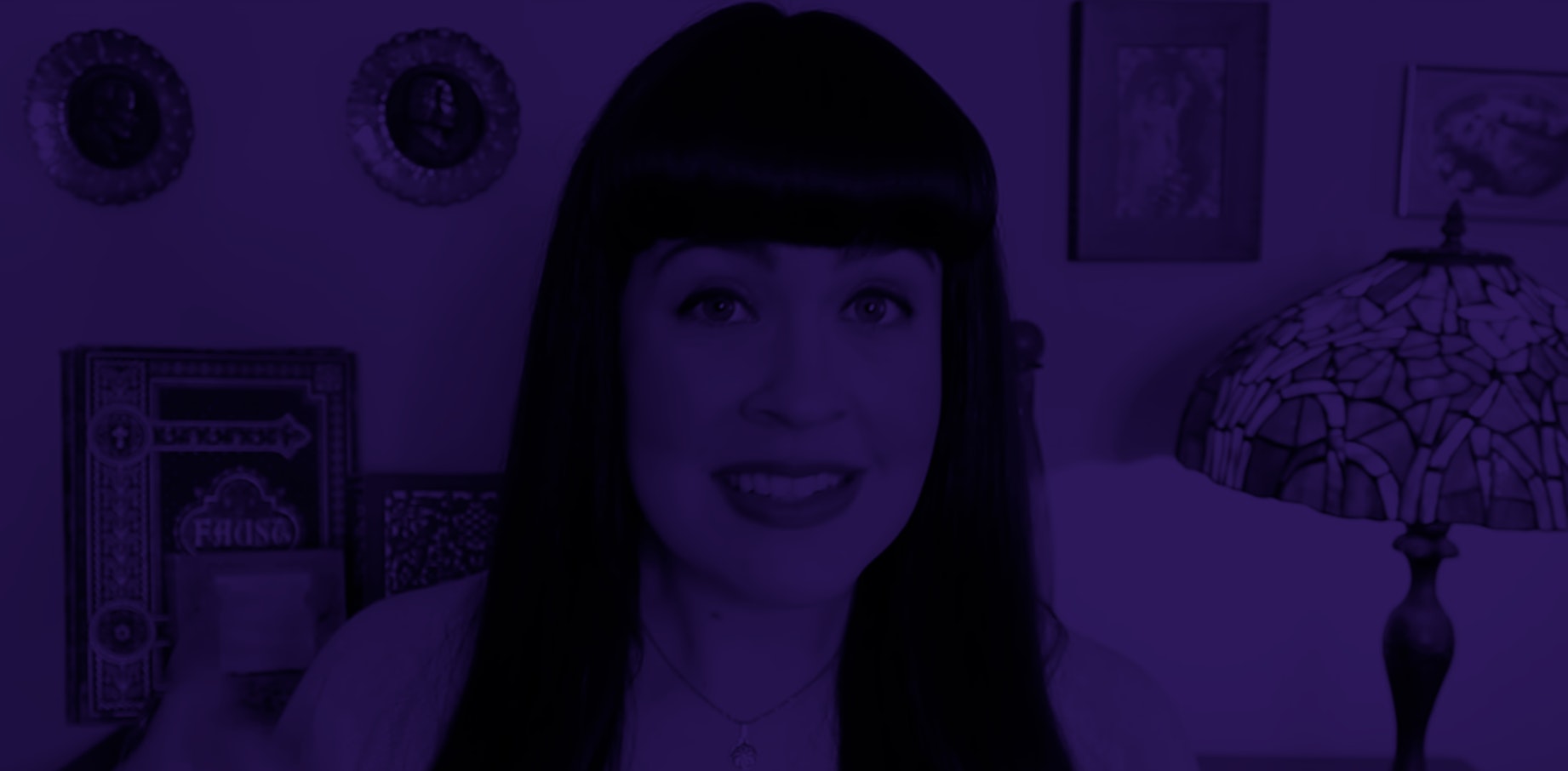but this place is just right.
The “Explore” tab on Instagram is the digital equivalent of a middle-school music recital. It’s a visual cacophony largely made of (A) too-glossy-to-be-good photos of influencers, (B) low-res memes that look like they’ve been dug out from a long-forgotten subreddit, (C) pictures of dense blocks of text, either in sans-serif or in curlicued fonts (NO middle ground) that are both new age-y and a watered-down attempt to recreate the glories of live-journals past, or (D) condensed portfolios of talented illustrators and photographers that, sadly, tend to get cannibalized by A, B, and C. Sure, you can just follow animals, foodies, or even perfume-industry people, but this material inevitably seeps into every feed.
Emerging from this digital chaos, however, is some trend-averse, timeless, visually pleasing, and (gasp!) genuinely educational content. It turns out that art history works like gangbusters on Instagram, with accounts cropping up dedicated to movements, themes, and pretty much anything you can think of. There’s @mythology_in_art, which, as its name suggests, examines the depiction of specific mythical subjects in the visual arts, both in straightforward retelling of myth and in allegory. Currently, the account is focusing on Eros/Cupid and the allegorical representations of innocence in the 18th, 19th, and 20th centuries. Prior to that, it was all about Venus. @moonarthistory, another personal favorite, surveys the way the moon is featured in Western and Eastern art throughout the centuries. A depiction of a torchlight retreat by Johann Mongels exists alongside illustrations of witches riding into the night and fairies fluttering in the moonlight, as painted by Edmund Thomas Parris, showcasing the way, from the Romantic era onwards, the moon had become an omnipresent element in the arts.
Art History Instagram isn’t just the realm of geeks and aesthetes. In 2018, when Gucci launched its beauty line, the inaugural posts on the brand’s Instagram were a series of portraits of opulently clad women spanning at least a thousand years of art history: the first of this series, “Portrait of a Woman” from an unknown British painter, dated 1600, depicts an unidentified woman who was likely to be part of the Elizabethan court thanks to her “richly embroidered sleeves and enormous lace collar” and the “pearl-studded veil that enthroned her hair and shoulders.” Sure, it’s a brand that has funds to invest in content creation and curation, but considering that luxury brands that court millennial women talk to them as if they were adult babies, I consider Gucci’s direction admirable.
When it comes to art history, I enjoy finding elements of camp, salaciousness, and irreverence as much as I enjoy allegory, iconography, and mythology. Following a brief stay in Florence, where I found out I strongly enjoyed ogling at the buttocks of male Renaissance statues and then shared them on my social media, I stumbled upon @museumbums, an account entirely devoted to the portrayal of callipygian subjects of all genders: as long as the buttocks are juicy, well-painted/sculpted or otherwise remarkable, the curators don’t discriminate between time period, style, or medium. On December 2, they spotlighted Charles Meere’s 1938 reinterpretation of the Atalanata myth “Atalanta Eclipse”; a couple days later, they showcased a neoclassical statue depicting a wounded Achilles, made by Filippo Albacini in 1825. These accounts are mostly devoted to a single theme or element throughout art history, in a sense picking up the baton of the highly curated Tumblr channels that served as some of the first eminent examples of digital curatorial projects, but which as a genre fell off the face of the internet when Instagram took over. (Let’s devote a moment of appreciation to Ugly Renaissance Babies and Female Beauty in Art.)
The pleasure I derive from these accounts does not solely lie in the actual beauty of the art they choose to highlight. Rather, they prompt me to study a subject in greater detail: the way the portrayal of Judith slaying Holofernes evolved throughout the centuries (a maiden evolving into a noblewoman evolving into a femme fatale); our current-era obsession with Pre-Raphaelite aesthetic (it projects a feminine, but modest type of beauty); or why baby Jesus looks kind of monstrous in Medieval and Renaissance art (it’s because of the idea of the homunculus, aka a baby that’s a fully-formed human). I am a freelance writer who has to engage in “please pick me” behaviors whenever I pitch an idea, so the more I learn, the more compelling an argument I can make, the higher the chances I am paid to write something, the more I can expand on said ideas (and so forth).
And as someone who mainly covers visual culture, I take issue with the assumption that high art (or art history) goes hand in hand with traditionally pretty and refined girls projecting a glamorous lifestyle and wealth. In 2012, Bravo aired the extraordinary and tragically short-lived reality show Gallery Girls, where a group of aspiring gallerists and curators (all stunning, rich, educated, and impeccably dressed) are taunted into picking petty, middle-school-level fights on top of performing menial tasks at art galleries, such as counting the pebbles in the vase containing a bonsai or dashing to deliver freshly-baked bagels to a private jet.
Instagram-it-girls and fine artists the Kaplan Twins are mainly known for “integrating [themselves] into the work” (their “Chocolate Covered Strawberries,” is a self-portrait of the two of them with their buttcheeks covered in chocolate syrup and with strawberries up their butts), and recently featured on the reality show Ex on the Beach. Zoe Rose Schwartz, a self-taught artist known for her psychedelic portraiture, promotes high-waisted jeans as much as her actual work. Then of course there’s Caroline Calloway, who has a series of collages based on Matisse’s cutouts named “Dreamer BBs” and recently made the women she invited to her December “May Ball” dress as subjects of artworks. Sure, I am thankful to influencers for making art into something cool and aspirational, but it seems unfair to nerds and bleary-eyed academics to see yet another thing (see what happened with paganism, an integral part of the Classical-studies curriculum, and with the A Song of Ice and Fire saga) be taken away from their realm by “cool people” who use it for content.
The truth is that like anything worthwhile, developing an understanding and appreciation of art is hard. Even the Gallery Girls seem to concur. “It’s super hard to sell a piece of art,” one of them says in an episode of the show. “A lot of it has to do with educating people on what it is,” so “it’s important to know your shit.” While sure, she just spoke in those terms to make another girl look dumb, she’s not wrong. The same could be said of writing an article, doing a presentation, of convincing someone to adopt a puppy. Shows like Gallery Girls, or the seemingly endless number of glamorous art-world Instagrammers, simply show you what it means to have the funds and the lifestyle of a person “who works in art” or who “likes art,” but to master the subject, you actually have to commit. Thankfully, Instagram offers a free entry point.
